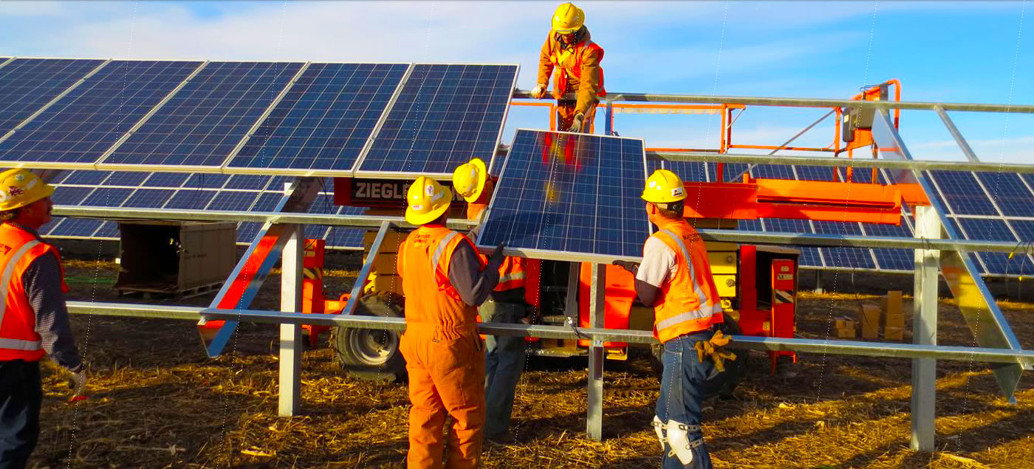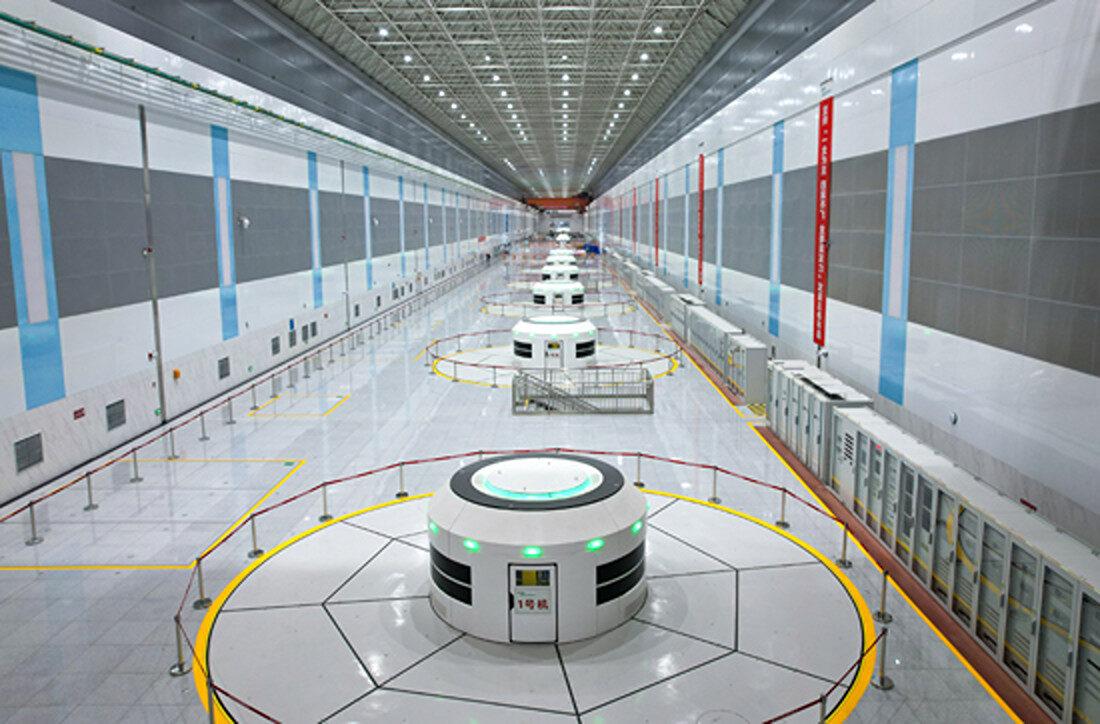Despite being the Sunshine State, until recently Florida has been a second-tier solar market, hampered by the lack of a renewable energy mandate, utility reluctance to build solar, and a legal barriers including a heavy tax burden on solar leases and commercial and industrial projects.
At the end of 2016, the state had installed only 606 MW of solar, placing it 15th in cumulative capacity despite having the third-largest population of any U.S. state and excellent solar resources. However, 2/3 of that capacity came online during the year, which showed acceleration, and more significantly policy changes have cleared the way for growth in the distributed solar market.
Florida’s big power companies have traditionally resisted solar in the service areas of the utilities that they own, even while building solar projects in other parts of the nation, and utilities have gone so far as to support misleading ballot initiatives to stop rooftop PV.
But as is the pattern with utilities in other parts of the nation, these same companies are getting in on the utility-scale solar game in a major way. Last December Florida Power and Light (FPL) announced that it would build three 74.5 MW solar projects to replace a coal-fired power plant, then doubled this, and then announced plans for another eight projects of the same capacity.
This is no publicity ruse. Yesterday FPL announced that contractors Black and Veatch and Blattner have begun construction work on the eight plants, with 500 workers beginning construction on the projects, which total 596 MW. The utility has confirmed earlier plans by Blattner to complete its four projects by the end of this year, and Black and Veatch plans to finish work by March 1, 2018. .
FPL reports that most sites are in early construction, including ground-clearing and the installation of the first infrastructure. However, the first PV modules are being installed at the FPL Horizon Solar Energy Center, in Alachua and Putnam counties.
The news of the start of construction follows closely on an announcement by SunLink that it will supply engineering services and fixed-tilt racking for 500 MW of Blattner projects in Florida and Minnesota, however neither company was willing to confirm that this racking was destined for the four projects Blattner is building for FPL in Florida.
FPL’s eight new projects will add to the more than 335 MW of solar that the utility already operates. FPL notes that it was able to build the plants “cost-effectively” by “leveraging its purchasing power and sites with key advantages”, and says that it expects the projects to result in net savings for its utility customers.
FPL is not stopping with this 596 MW, and plans to build another 1.5 GW of solar through 2023. While this is a large number, it is still a meager amount over a six-year timeframe compared to the plans of other utilities, particularly those in states which, unlike Florida, have renewable energy mandates.
This content is protected by copyright and may not be reused. If you want to cooperate with us and would like to reuse some of our content, please contact: editors@pv-magazine.com.



By submitting this form you agree to pv magazine using your data for the purposes of publishing your comment.
Your personal data will only be disclosed or otherwise transmitted to third parties for the purposes of spam filtering or if this is necessary for technical maintenance of the website. Any other transfer to third parties will not take place unless this is justified on the basis of applicable data protection regulations or if pv magazine is legally obliged to do so.
You may revoke this consent at any time with effect for the future, in which case your personal data will be deleted immediately. Otherwise, your data will be deleted if pv magazine has processed your request or the purpose of data storage is fulfilled.
Further information on data privacy can be found in our Data Protection Policy.